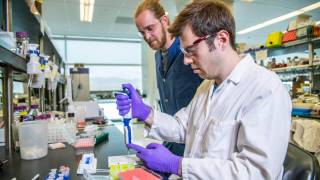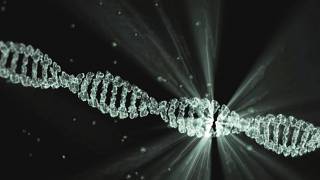Herpes Declining Without a Vaccine

Herpes infection rates are decreasing, according to the Centers for Disease Control and Prevention (CDC).
About 150 million Americans, are infected with HSV-1 or HSV-2, which are members of the herpesvirus family.
From 1999 through 2016, there was a significant decline reported in the age-standardized prevalence of HSV-1 and HSV-2.
Both herpes virus types decreased in all race subpopulations.
But, the CDC is not sure why herpes is declining. Safer sex practices may be one reason.
This report provides the latest estimates of HSV-1 and HSV-2 prevalence in the United States. Both HSV-1 and HSV-2 can be shed from normal-appearing oral or genital mucosa or skin, reported by the CDC.
HSV-1 is a form of oral herpes that causes sores around the mouth and lips, sometimes called fever blisters or cold sores. Only 48 percent of people had the condition in 2015-2016. This data represents an 18 percent decline since 2000.
HSV-2 genital infections are more common among women than among men, possibly because the genital infection is more easily transmitted from men to women than from women to men during penile-vaginal sex. Most infected persons may be unaware of their infection. The prevalence of HSV-2 among persons aged 14–49 was 11.9 percent.
There is no cure for herpes, but daily use of antiviral medication for herpes can reduce the likelihood of transmission to partners.
**** Find a clinical trial in 60 seconds ****
"The report tells us that two of our most prevalent viruses in the U.S population, HSV-1, and HSV-2, are steadily declining," said report author Geraldine McQuillan, a researcher with the CDC’s National Center for Health Statistics.
Additionally, there is currently no commercially available genital herpes vaccine.
There are various herpes vaccine candidates in clinical trials, reported Precision Vaccinations.
Recently, Astellas announced that ASP0113, an investigational DNA vaccine being developed for cytomegalovirus (CMV)-seropositive hematopoietic stem cell transplant (HSCT) recipients, did not meet its primary or secondary endpoints in Phase 3 clinical trial.
CMV is a herpes virus that is estimated to infect more than half of all adults in the United States by age 40.
The authors of this CDC report did not disclose any conflicts of interest: Geraldine McQuillan, Deanna Kruszon-Moran, and Ryne Paulose-Ram are with the National Center for Health Statistics, Division of Health and Nutrition Examination Surveys. Elaine W. Flagg is with the National Center for HIV/AIDS, Viral Hepatitis, STD, and TB Prevention, Division of STD Prevention.
Data for this CDC report comes from NHANES, a cross-sectional survey that uses a complex, multistage, probability design to select a sample of the civilian noninstitutionalized U.S. population. In 1999–2016, sera for HSV-1 and HSV-2 antibody testing were available for persons aged 14–49.
Our Trust Standards: Medical Advisory Committee

























